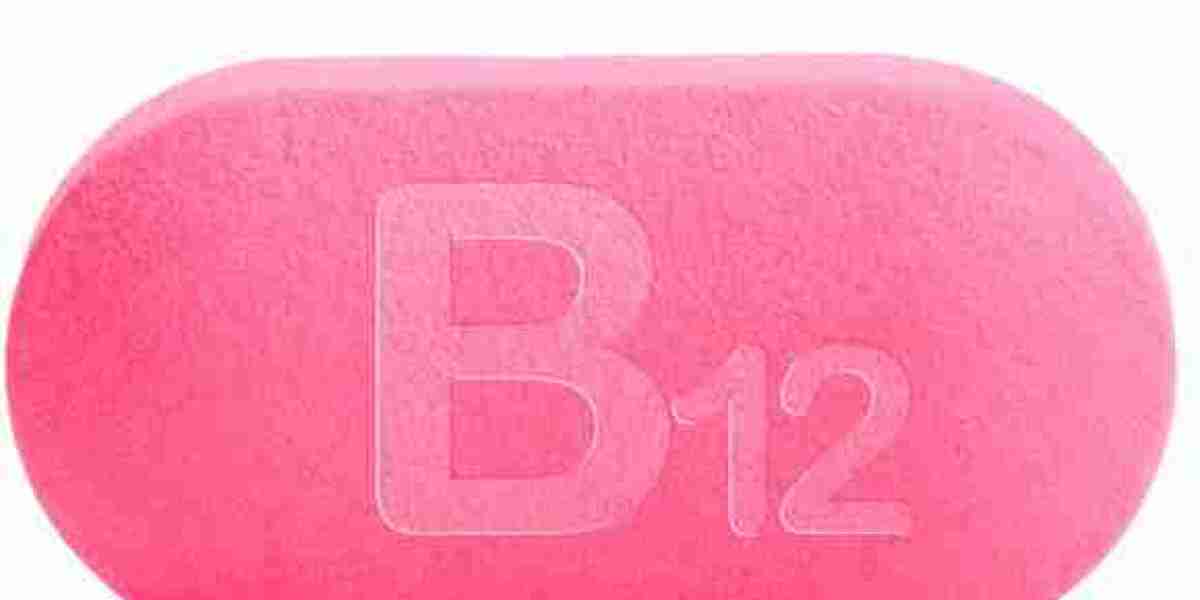Improving water recycling in chemical companies can be achieved through a combination of technological advancements, management practices, and strategic planning. Here are some effective methods:
1. Conduct Water Audits
The first step in improving water recycling is to understand how and where water is being used within the factory. Conducting a thorough water audit helps identify high water usage areas and potential inefficiencies. This audit provides a baseline for targeting water-saving initiatives and tracking progress over time.
2. Implement Water-Efficient Technologies
Investing in modern equipment that uses less water can significantly reduce overall water consumption. For example, upgrading to high-efficiency cooling systems or closed-loop water systems can minimize the need for fresh water intake. These systems not only save water but also reduce energy consumption and operating costs.
3. Use Advanced Treatment Technologies
Advanced filtration systems, such as reverse osmosis, can remove smaller impurities like dissolved salts and chemicals, making the water suitable for reuse within the factory. Other technologies like membrane bioreactors (MBRs) combine biological treatment with membrane filtration to effectively break down organic materials and filter out contaminants.
4. Optimize Process Efficiency
Improving the overall efficiency of manufacturing processes can lead to substantial water savings. Techniques such as lean manufacturing can help identify inefficiencies in water use. Additionally, optimizing the scheduling of water-intensive processes can reduce peak water demand and smooth out overall consumption.
5. Recycle and Reuse Water
Implementing systems that treat and recycle wastewater for use in other parts of the process can significantly reduce freshwater usage. For example, treated wastewater can be used for cooling or cleaning purposes. Selective contaminant removal (SCR) is a cost-effective approach that targets the removal of specific compounds or ions, using less energy and generating less residual waste.
6. Manage and Monitor Water Use
Developing a standard reporting procedure for water issues and conducting regular water audits can help identify leaks and inefficiencies early. Using water meter data and reports to monitor usage patterns can also provide insights into potential areas for improvement.
7. Train Staff
Educating employees about water conservation practices and involving them in water-saving initiatives can lead to behavioral changes that reduce water usage. Training staff to operate and maintain water recycling systems ensures that these technologies function efficiently.
8. Consider Zero Liquid Discharge (ZLD)
For chemical companies facing strict discharge limits or water scarcity, ZLD systems can be implemented. These systems use evaporation and crystallization processes to recover additional freshwater while generating residual solids that can be managed through offsite disposal.
9. Leverage Renewable Energy
Some water treatment technologies, like those offered by Arvia, can be powered by solar energy, providing a more sustainable treatment option. These systems are eco-friendly and do not require chemical dosing, reducing secondary waste.
10. Collaborate with Experts
Working with experienced providers who specialize in industrial water reuse can help chemical companies develop and implement effective water recycling strategies. These experts can conduct comprehensive pilot testing and deliver full-scale systems tailored to specific needs.
By adopting these strategies, chemical companies can significantly improve their water recycling capabilities, reduce freshwater consumption, and contribute to environmental sustainability.







